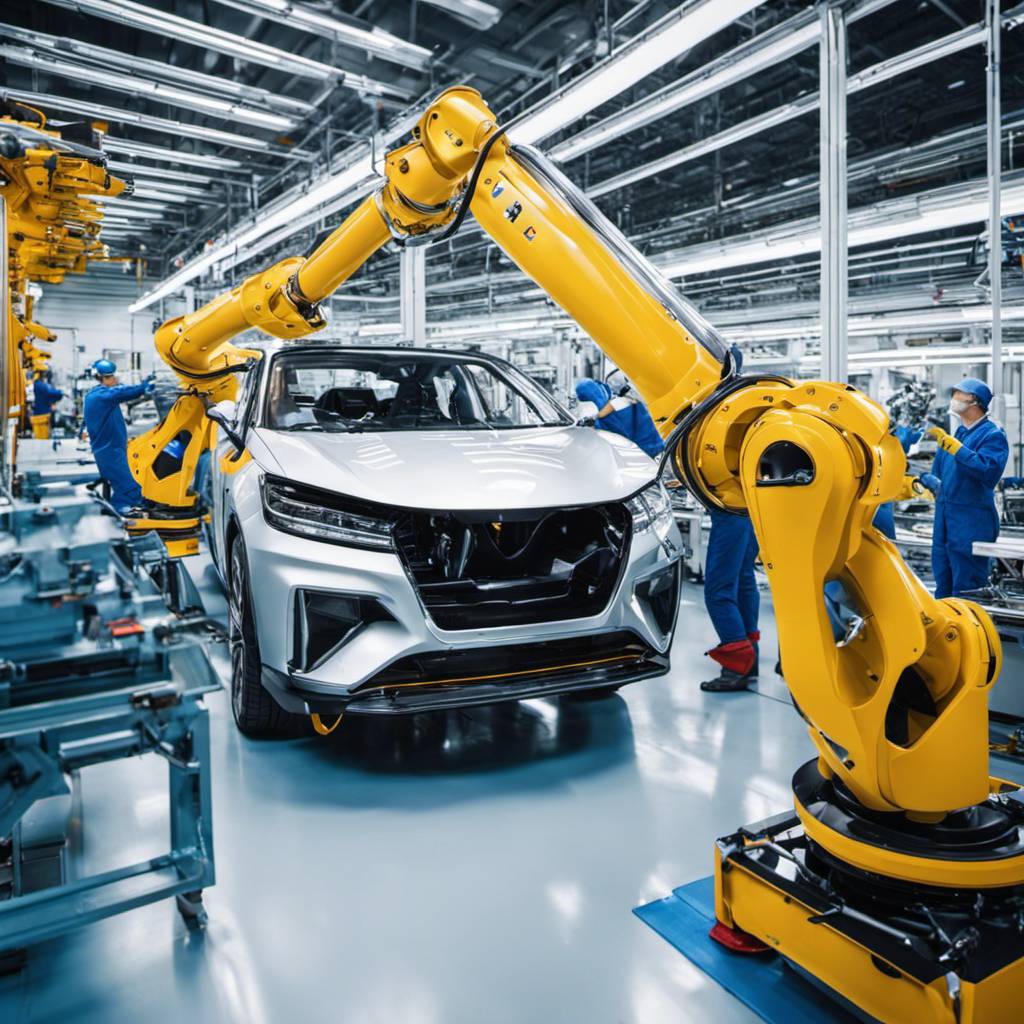3M, a global innovation company with a rich history in robotics, has recently amplified its focus on automation solutions to combat labor shortages. With more job opportunities than available workers, 3M is stepping up to provide robotic solutions that address this issue. “Our customers are facing a significant labor shortage and are actively seeking ways to automate,” said Scott Barnett, 3M’s director of robotics and automation application engineering.
As the company looks towards future growth, automation has become a central focus. According to a survey by McKinsey, billions of dollars will be invested in industrial automation in the coming years, and 3M is poised to claim a share of this market. Notably, 3M doesn’t manufacture robots, but rather produces components and tools that enable robots to function for specific tasks.
The Maplewood-based company integrates some of its traditional products, such as abrasives, with robots capable of performing tasks like car paint touch-ups or stainless steel polishing. “The world of abrasives is labor-intensive,” explained Tyler Naatz, a robotics application engineer at 3M. “However, in recent years, automation has been more widely accepted, even by those doing the grinding. It’s a significant step towards preventing injuries.”
To counter the criticism that automation leads to job losses, 3M recently inaugurated an auto-body training center in St. Paul. The center is designed to train and fill the anticipated 100,000 technician jobs required across the USA in the ensuing years. “With the rapid evolution of vehicle technology and a dearth of qualified collision repair technicians, investing in training is vital,” stated Dave Gunderson, president of 3M’s automotive aftermarket division.
Automakers have faced similar hiring challenges in recent years, particularly for labor-intensive roles such as paint touch-ups, which have always been difficult to automate. However, 3M’s Finesse-it Robotic Paint Repair System is changing the game. This automated system, installed on a BMW production line in Regensburg, Germany, can detect and rectify paint defects.
Traditionally, humans would spot these defects by eye and repair them manually. “Over the course of a shift, they see fewer defects and repair fewer defects,” said Brittany Moren, an abrasives application engineer at 3M. However, the new robotic arm, equipped with a random orbital sander and buffer, can efficiently remove the defect without damaging the underlying base paint. The robot arm has highly sensitive pressure controls and programming that can handle the curvature of a car’s body. It can even replace its own abrasive pads, also provided by 3M.
“We’ve been involved in the manual process since its inception,” Barnett noted. The company is now incorporating automation into materials it already supplies to the automotive industry. According to a McKinsey survey, surface treatments like sanding and painting are among the most challenging industrial processes to automate. “We’ve known for many years this is something customers will want to automate,” Barnett added.
The future of these paint touch-up stations lies in artificial intelligence to fully automate the process. For now, human input is still required to set up and continually optimize each system. However, as more companies experience success with automation, as in the case of the BMW plant, Barnett expects others will quickly follow suit. “You have lead users interested in being out in front and taking the risk,” he said. “Then you have fast followers. They want the lead users to work out the bugs.”
In conclusion, 3M’s strategic focus on automation solutions is not only addressing labor shortages but also paving the way for future advancements in electronics, computers, and programming languages. Their innovative approach to coding and automation is creating a more efficient and safer work environment across various industries.
